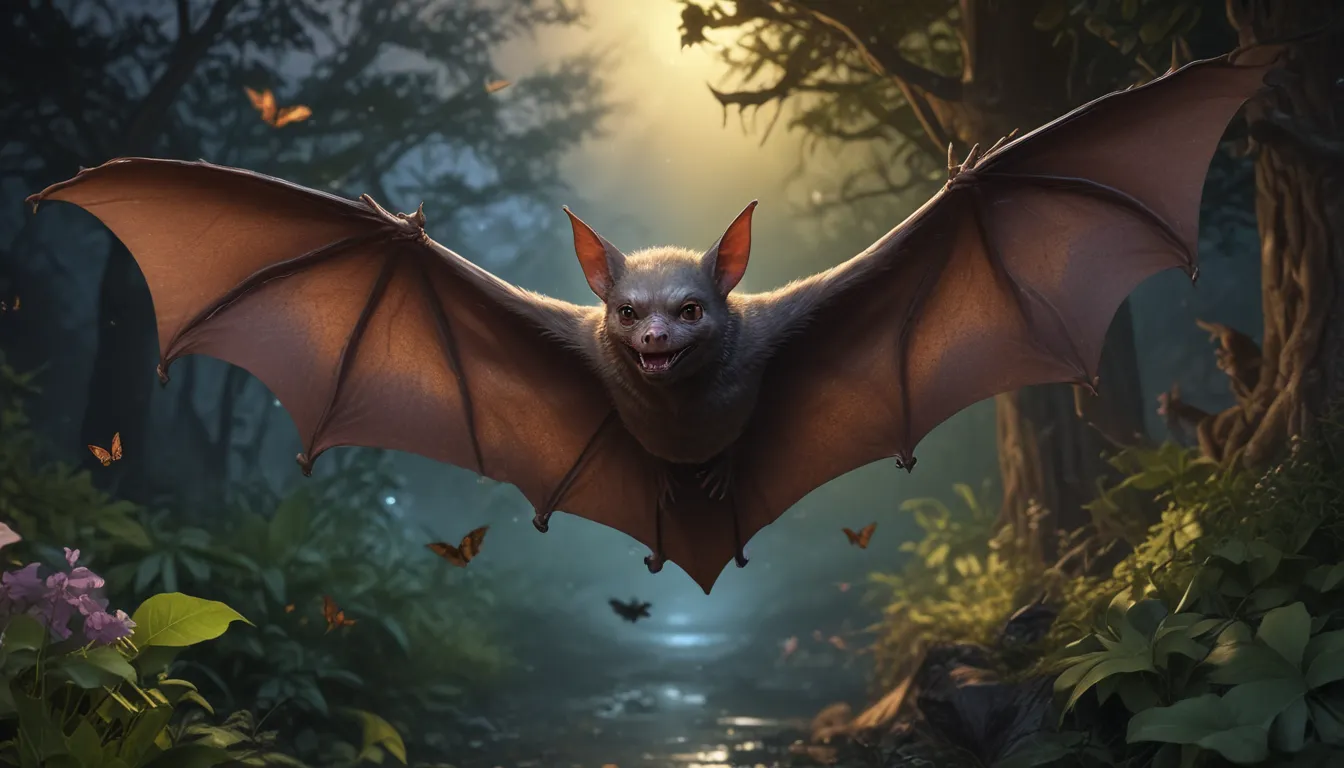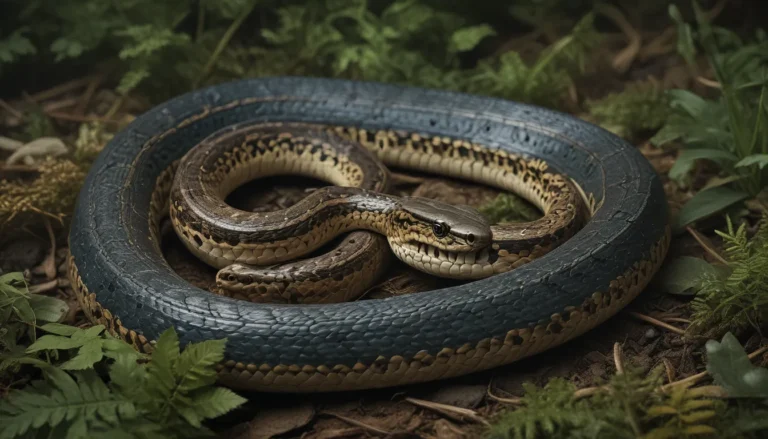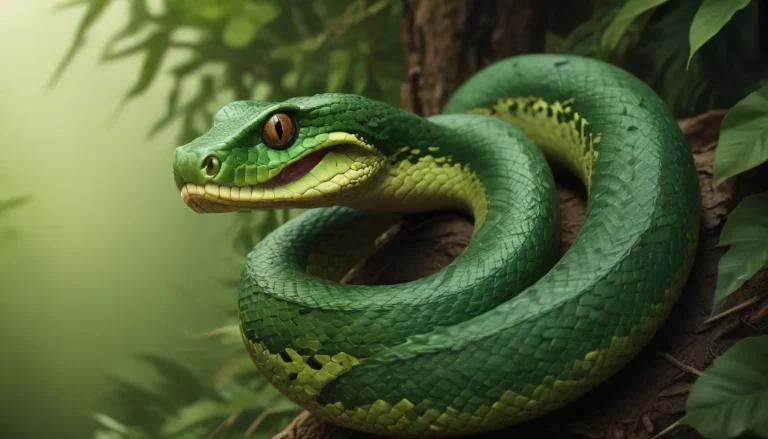The pictures we use in our articles might not show exactly what the words say. We choose these pictures to make you interested in reading more. The pictures work together with the words but don’t take their place. The words still tell you the important facts.
Welcome to the fascinating world of bat rays, where mystery meets majesty in the depths of the Pacific Ocean. These graceful creatures, closely related to sharks and skates, have captured the hearts of animal enthusiasts worldwide with their unique appearance and intriguing behaviors. Join us on a journey to uncover 20 captivating facts about bat rays, from their physical characteristics to their crucial role in the marine ecosystem.
Discovering the Marvels of Bat Rays
Bat rays, scientifically known as Myliobatis californica, roam the eastern Pacific Ocean, stretching from Oregon to Mexico. Their name comes from their wing-like pectoral fins that resemble the wings of a bat. These gentle giants can grow up to an impressive 6 feet in width, boasting a diamond-shaped body that sets them apart from other species of rays.
Unveiling the Habitat and Diet of Bat Rays
Preferring shallow coastal waters, bat rays can be found in bays, estuaries, and sandy bottoms where they feast on a diet of mollusks and crustaceans. Their specialized teeth are perfectly suited for crushing hard shells, allowing them to consume their favorite prey with ease. Additionally, the venomous barb on their tail serves as a defense mechanism against threats, although their docile nature makes them more prone to gentle interactions with humans.
Witnessing the Spectacle of Bat Rays in Action
One of the most captivating aspects of bat rays is their acrobatic leaps out of the water, a behavior believed to help them rid themselves of parasites or dislodge prey. Despite their impressive athleticism, bat rays have an average lifespan of around 23 years, with some individuals surpassing this mark. Their breeding habits, known as ovoviviparity, involve the hatching of eggs inside the mother's body, leading to the birth of live young.
Embracing the Conservation and Education Efforts for Bat Rays
As vital predators in the marine ecosystem, bat rays play a crucial role in controlling the populations of mollusks and crustaceans, contributing to the overall balance of marine life. However, threats such as habitat destruction, pollution, and overfishing have put their populations at risk, leading to their classification as a vulnerable species. Conservation efforts are underway to protect and preserve bat rays, ensuring their survival for future generations.
Delighting in the Beauty of Bat Rays
Bat rays' gentle and docile temperament, combined with their wide distribution range along the Pacific coastline, has made them a popular attraction for divers and snorkelers. Their majestic appearance and serene nature offer a unique opportunity to observe these magnificent creatures in their natural habitat. By fostering a greater appreciation for bat rays and their contributions to the marine world, we can work together to safeguard their future.
FAQs About Bat Rays
- How big do bat rays get? Adult bat rays can reach a wingspan of up to 6 feet and weigh as much as 200 pounds.
- What do bat rays eat? They primarily feed on mollusks, crustaceans, and small fish.
- Are bat rays dangerous? No, bat rays are generally docile and will only sting if they feel threatened.
- Where can bat rays be found? Bat rays are commonly found along the coast of the Eastern Pacific Ocean, from California to Mexico.
- How long do bat rays live? On average, bat rays have a lifespan of 23 to 25 years.
- Can bat rays fly? No, despite their name, bat rays are not capable of flight. They use their large pectoral fins to glide gracefully through the water.
- Do bat rays have any predators? Sharks and larger predatory fish, such as barracudas, are among the natural predators of bat rays.
- Are bat rays endangered? Bat rays are listed as a species of least concern on the IUCN Red List, but their populations can be impacted by habitat destruction and overfishing.
- How do bat rays reproduce? Female bat rays give birth to live young, with litters consisting of 2 to 10 pups.
- Can bat rays sting? Yes, bat rays have a venomous spine at the base of their tail, which they can use for self-defense if threatened.
By embracing the wonders of bat rays and supporting conservation efforts, we can ensure the continued existence of these magnificent creatures for generations to come. Join us in celebrating the beauty and importance of bat rays in our oceans, and let's work together to protect and preserve their habitats for a brighter, more sustainable future.






